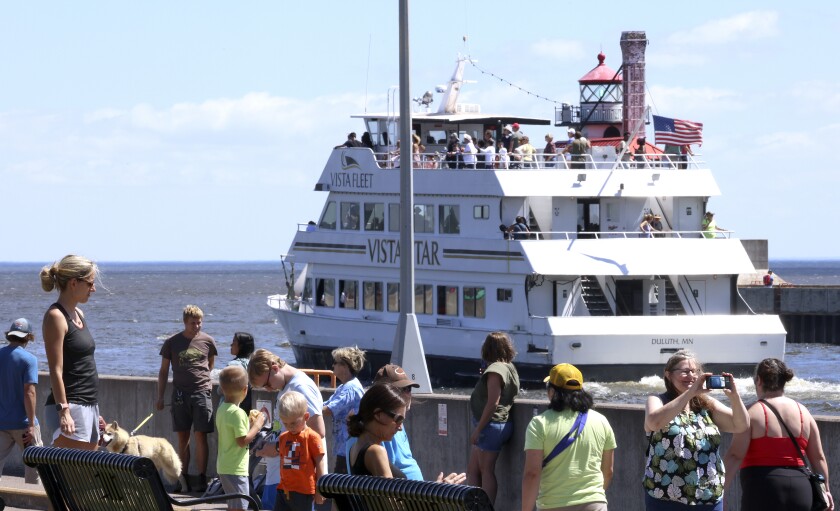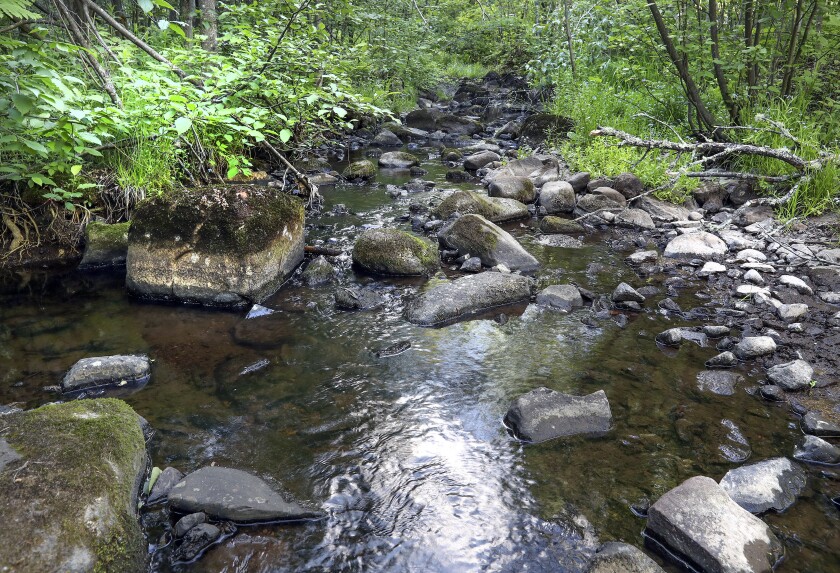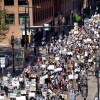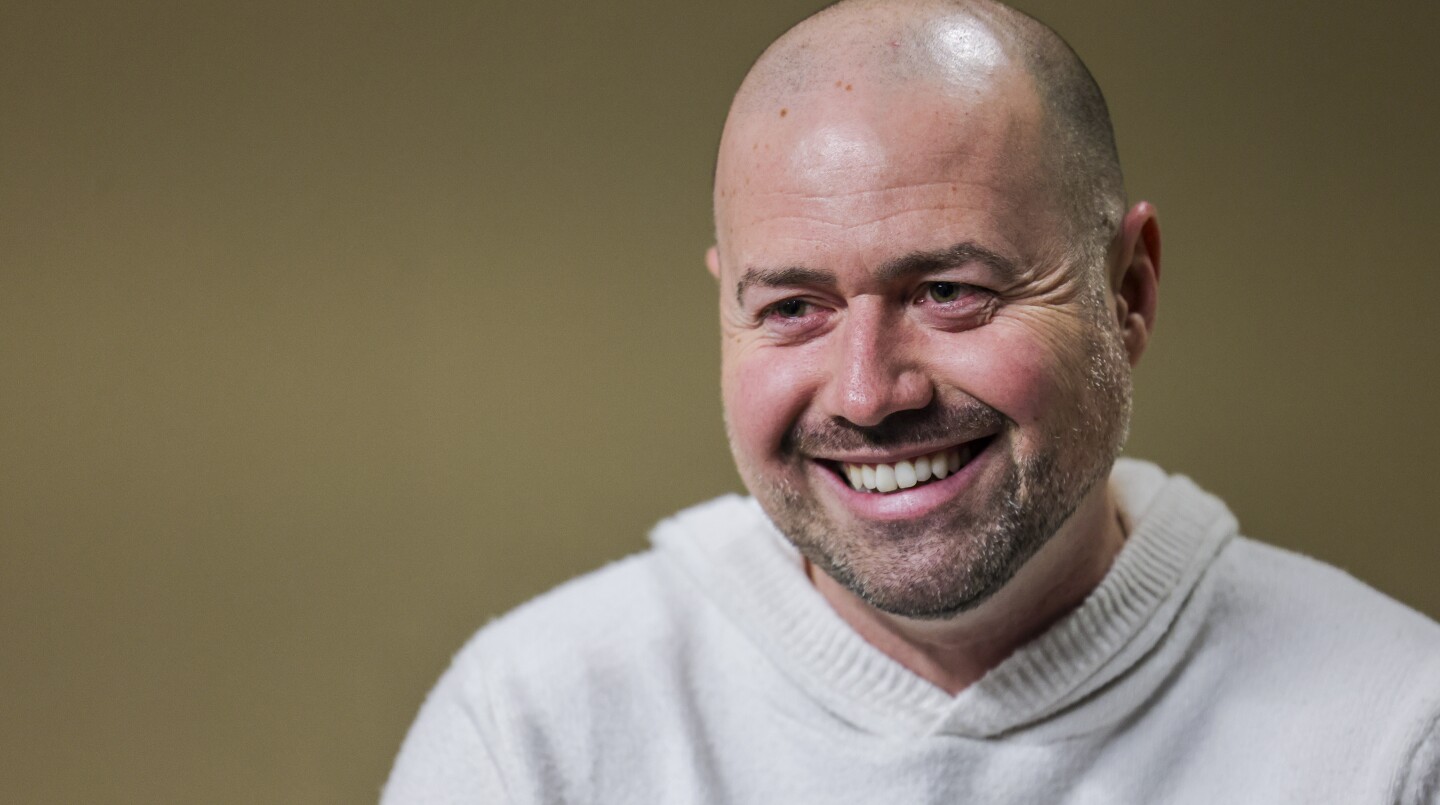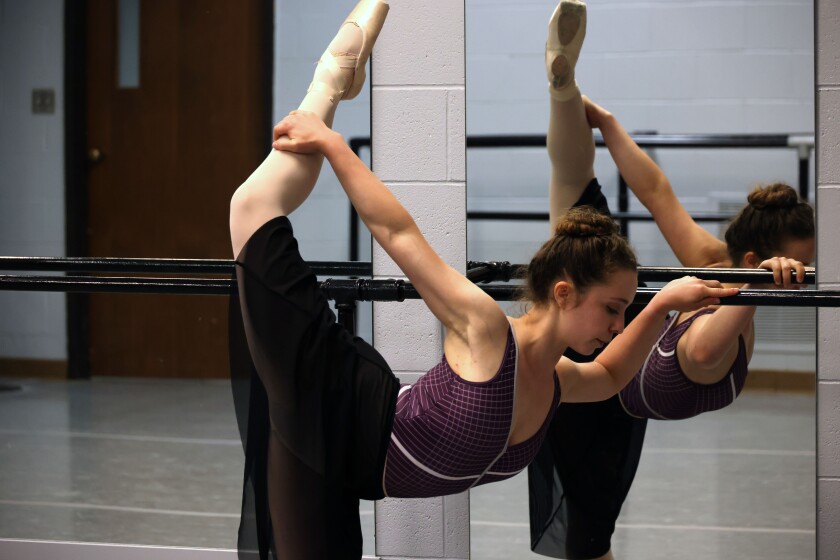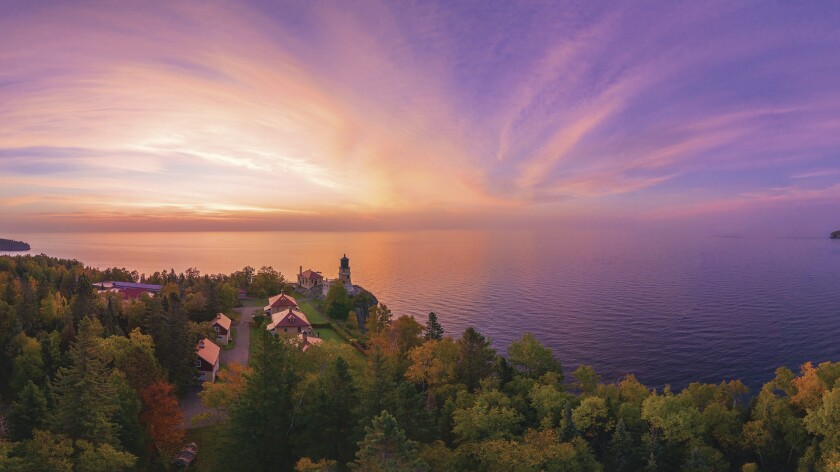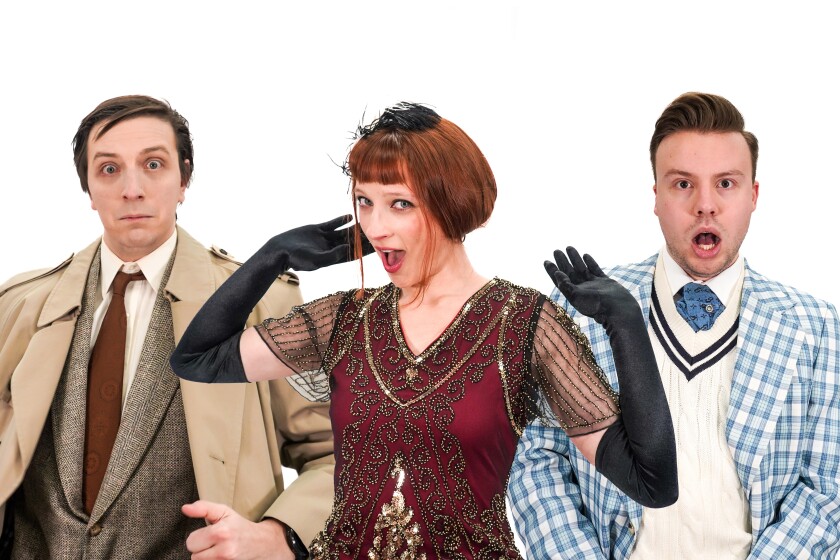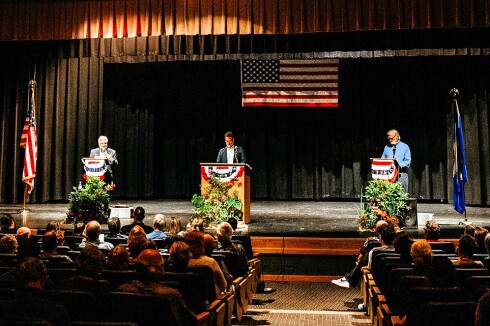DULUTH — Picture this. Your favorite band is about to play an outdoor show, and you're standing amid thousands of fans as you wait for the musicians to emerge. A sunset glow lights the harbor behind the stage as sailboats glide beneath the Aerial Lift Bridge.
You're not at Bayfront Festival Park.
ADVERTISEMENT
Suddenly the crowd roars as the lead singer waves a greeting from a door in the side of the William A. Irvin. Like The Beatles arriving by jet, the band members emerge from the retired freighter and descend a set of stairs before climbing onstage to start their set.
"I think it would be super cool," said Dan Hartman, director of the Duluth Entertainment Convention Center. His hope regarding the Irvin emergence is that "one or two bands do it, it plays well on social media, and then the other bands want to do it."
Pull the camera back and see where you're standing for this hypothetical concert: what is now a parking lot beside Pioneer Hall, part of a wedge-shaped piece of land between the DECC and the Irvin. Marcus Duluth Cinema is behind you, and a temporarily closed Harbor Drive runs along the seawall to your left.
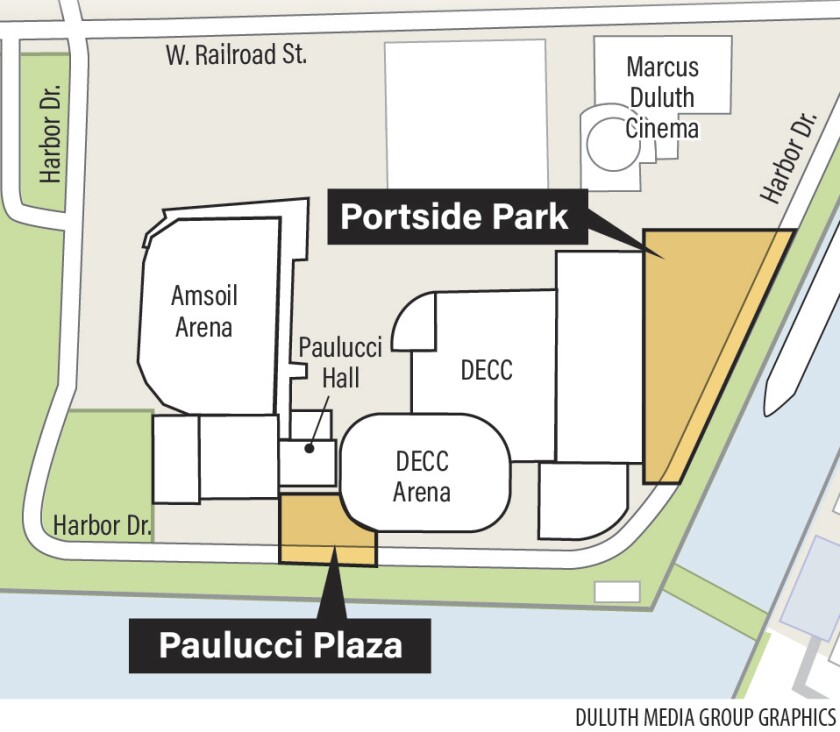
The DECC and the city plan to reimagine and redevelop this area under the working name of Portside Park. "That is not official," Hartman said about the name, "but I have not heard people (say anything) super negative about it yet."
Given that the space "makes a natural amphitheater," Hartman noted, it won't need to be changed much to serve as a concert venue. In fact, Hartman hopes to begin hosting shows there even before the start of construction work that will eventually remove existing barriers such as landscaping rocks.
"It's going to be a multiyear phased approach, because it just takes a while to build that up, similar to how Bayfront was built up at one point," said Hartman. "If we can figure it out, we might do a couple concerts (at Portside Park) this season."
The venue would use temporary stages, and continue to provide parking capacity when not in use for events.
ADVERTISEMENT
Portside Park is one of two spaces Hartman hopes to activate more frequently as the city proceeds with the final phase of a multi-year reconstruction project that has already involved nearly $30 million worth of work in Minnesota Slip and along the seawall behind the DECC.
The second space has the working name of "Paulucci Plaza," due to its location immediately outside the DECC's Paulucci Hall. Like Portside Park, the planned Paulucci Plaza overlaps Harbor Drive. The street would be closed to traffic during events and is already being modified to make the entire harborside area more friendly to pedestrians.
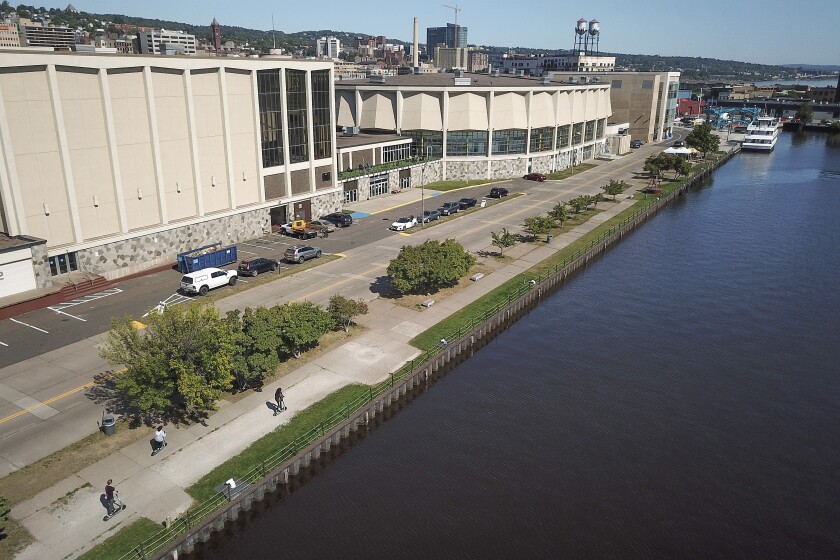
"The road is more narrow," said Hartman, comparing the street to its width before the recent seawall work. "They literally took a couple feet out of the road." In the future, Harbor Drive might be permanently changed to a one-way street, with reduced operating hours as events ramp up.
"You will always need the road open back there in general, because that's how we load up shows," Hartman noted. He also acknowledged the need for public access to the harborside, including for people who drive rather than walk there due to personal mobility issues.
Overall, though, "it really should be a space that's dedicated to people," Duluth Mayor Roger Reinert told the News Tribune, "enjoying the view, enjoying some food, maybe enjoying some music, and minimally dedicated to cars. To me, it's not about creating another venue — it's about creating a missing public space."
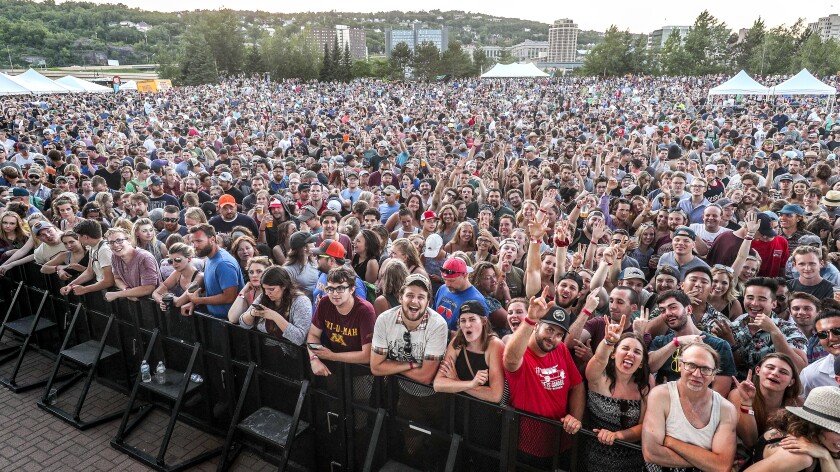
Indeed, concerts are only part of the mix Hartman envisions for Portside Park.
"I would venture to guess that more often than not, it's going to be festivals and arts events," said Hartman. For example, an art fair could happen at Portside Park while a concert could take place at Bayfront Festival Park.
ADVERTISEMENT
While Bayfront will remain Duluth's most prominent outdoor concert venue, Hartman sees Portside Park as a good outdoor option for artists who don't draw the numbers it takes to fill Bayfront. "Bands don't especially enjoy playing to empty fields," Hartman said.
Artists who draw 2,000 or 3,000 fans might currently play the DECC's Symphony Hall (capacity 2,221), or skip Duluth entirely. Portside Park would give those artists an option for an outdoor venue of appropriate size, with the adjacent Pioneer Hall potentially available to relocate the show in the case of rain.
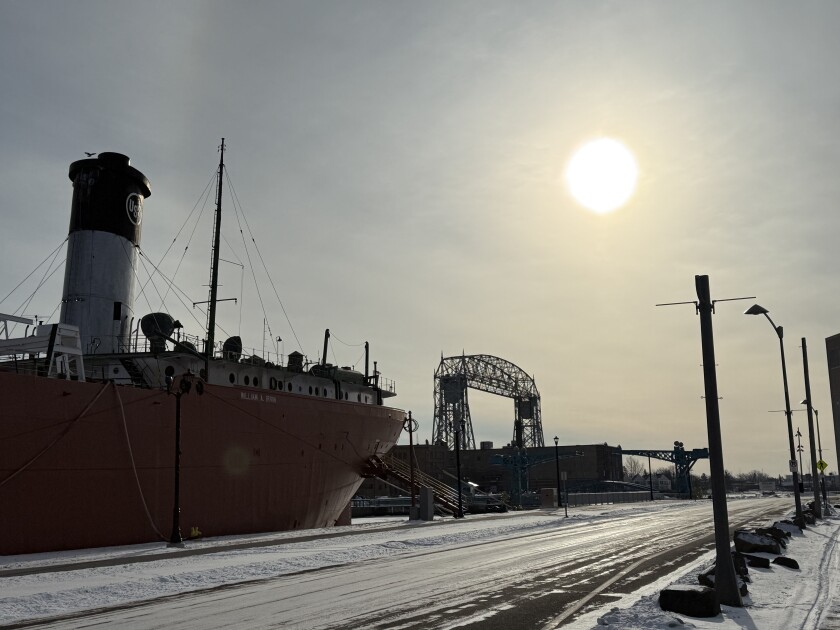
It would also bring audiences that much closer to the businesses of Canal Park. It's only about a 10-minute walk from Bayfront Festival Park to Lake Avenue — but that half-mile can make all the difference in whether someone hangs around or heads home.
Dave Hoops cited the relocation, since 2021, of Grandma's Marathon festivities from Canal Park to Bayfront. "Grandma's is a huge, huge, important thing for the entire city," said Hoops, whose namesake brewery is on Lake Avenue. "But when they moved the after-party to Bayfront, that really cleared Canal Park out."
"Bayfront is still, and probably always will be, my favorite venue in Duluth," said Hartman. "It is a crazy beautiful spot. The huge downside of Bayfront is, it is too far away from Canal Park, and it fits 9,000 people. So, a 2,000-person event feels really awful. You feel like you went to a party you shouldn't have been at."
By contrast, attendees at a Portside Park concert will be looking right at the sky-blue Minnesota Slip Bridge. "Obviously, everybody on the other side of the blue bridge will get some benefit from that," said Hoops.
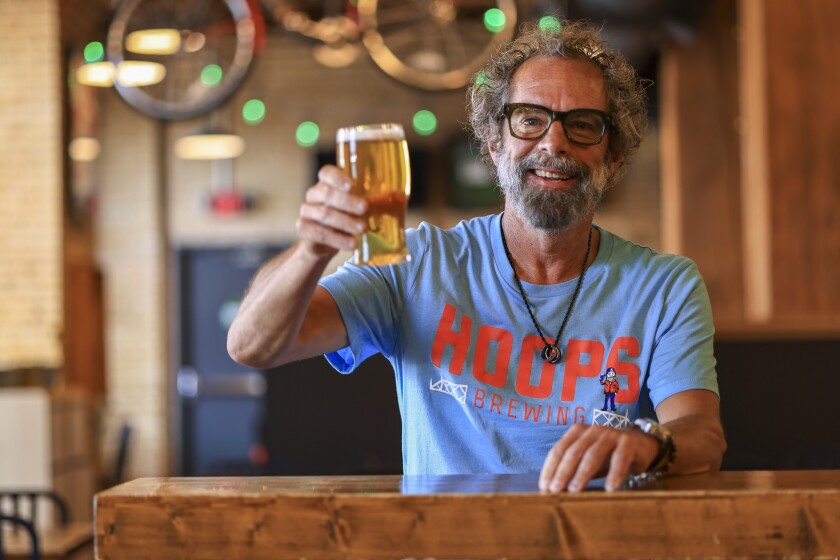
While the DECC will program the waterfront spaces, design and construction responsibilities lie with the city. Given that the current phase of the seawall project is just wrapping up, Hartman said, construction on the planned Portside Park and Paulucci Plaza "will for sure not happen this summer," but he hopes to see conceptual design work completed this year.
ADVERTISEMENT
Plans to reimagine the DECC's harborside outdoor spaces have been percolating for years. Reinert said he was thinking about it when he was DECC director on an interim basis from 2020-21.
"We all would talk about behind the DECC as if it as if this piece of prime waterfront space was an alley, and it's kind of how we tended to think about it, both within the DECC organization as well as the community," Reinert remembered. "I was like, we're going to talk about 'DECC waterfront.' We're going to talk about this space differently."
Discussions about the need to address the area's aging infrastructure date back over a decade. On Aug. 8, 2013, the top of the News Tribune's front page bore the headline, "Replace bridge or fill the slip?"
Then-Mayor Don Ness, citing contamination in Minnesota Slip and the unreliable mechanics of the 1991 bridge that crosses it, proposed an ambitious redevelopment plan that could have seen the slip filled in, the Irvin moved west of Bayfront and much of Harbor Drive permanently converted to a pedestrian walkway.
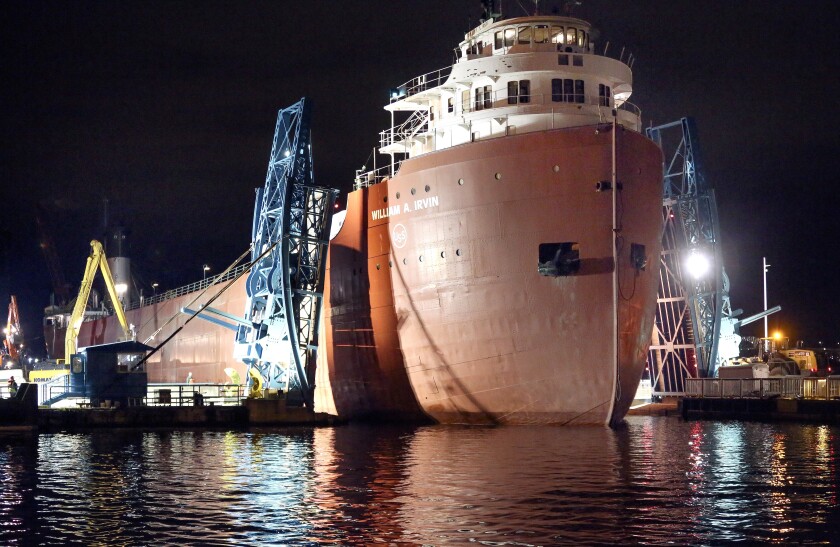
The proposal to fill the slip met with substantial pushback. Capturing the spirit of the proposal's critics, then-DECC Director Dan Russell quoted Joni Mitchell: "They paved paradise and put up a parking lot."
Instead, contaminants were capped and the slip repaired in a project that saw the Irvin relocated to Superior's Fraser Shipyards for repairs from 2018 to 2019. That was the first phase of three, explained Jim Filby Williams, the city's director of public administration.
"There was significant environmental urgency to reconstruct the DECC side seawall, whose collapse would have released a significant volume of contaminants into Minnesota Slip," Filby Williams told the News Tribune last week. The cost for that phase was about $9.3 million, the News Tribune reported in 2019.
ADVERTISEMENT
Phase two of the project saw repairs to the remaining seawall alongside the DECC as well as "the renewal of the flat surfaces from the edge of the water all the way to the outer edge of the narrowed Harbor Drive," said Filby Williams. Projected total costs for phase two will be $20.5 million, with $17.8 million of that coming from federal and state sources.
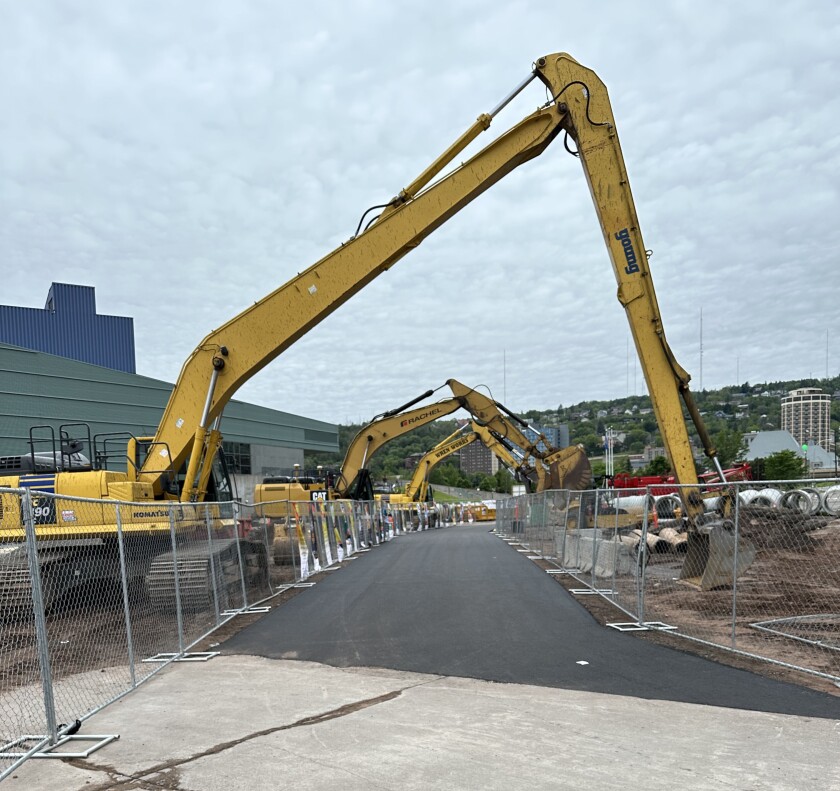
"I think the steel prices alone tripled from the time when we did our original cost estimates for phase two," said Filby Williams. "This is a very steel-intensive project, and so the two- or three-year spike in steel prices hurt."
Compared to that heavy lift, phase three will be a bargain. The exact costs will depend on the details of the final design, but Filby Williams estimates it will come in around $2.5 million, with work hopefully complete by the end of the 2026 construction season.
"The work is not coming from general fund dollars," said Reinert. "We really have to keep those dedicated to our core infrastructure needs. (Phase three funding) is coming from our tourism taxes, because that is definitely a visitor space that we also, as residents, get to enjoy as well."
Hartman has no shortage of big ideas for the future of the DECC's waterfront. What about a VIP area on the deck of the Irvin? A European-style street market on Paulucci Plaza? A State of the City address along the seawall?
"The audience is actually looking at the mayor as ships go by," Hartman envisions. "I think that would be the quintessential Duluth State of the City. You're not going to do that in Rochester. You're not doing that in Mankato."
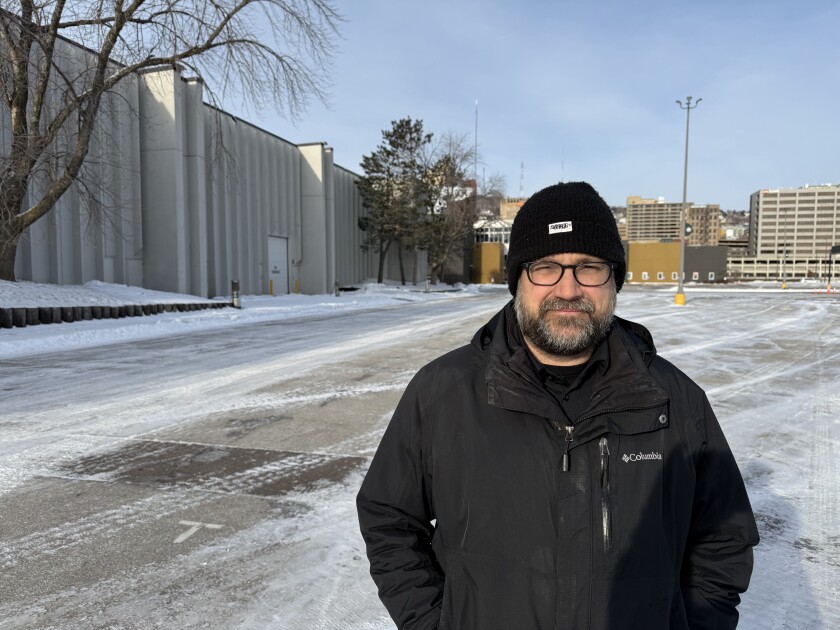
Thinking even bigger, what about turning the area just west of Minnesota Slip Bridge into a seasonal amusement park along the lines of Chicago's Navy Pier? "If I was a Canal Park visitor," Hartman said, "and I could see this Ferris wheel (on) the harbor? That's a really cool experience."
ADVERTISEMENT
Reinert, mentioning the pending development of the harborside Lot D, said he envisioned a pedestrian-friendly experience that ultimately stretches from Canal Park to Lincoln Park.
"This space," said Reinert, "which I would argue is some of the most prime waterfront space in all of Duluth, with this redesign and investment, it will much more be the city's front lawn than it will be our alley. That should be exciting for both visitors and residents."





